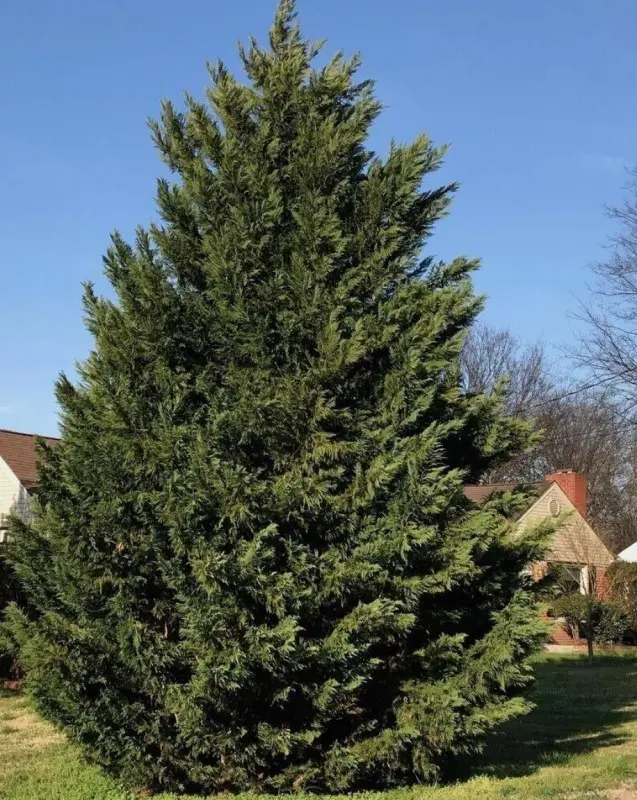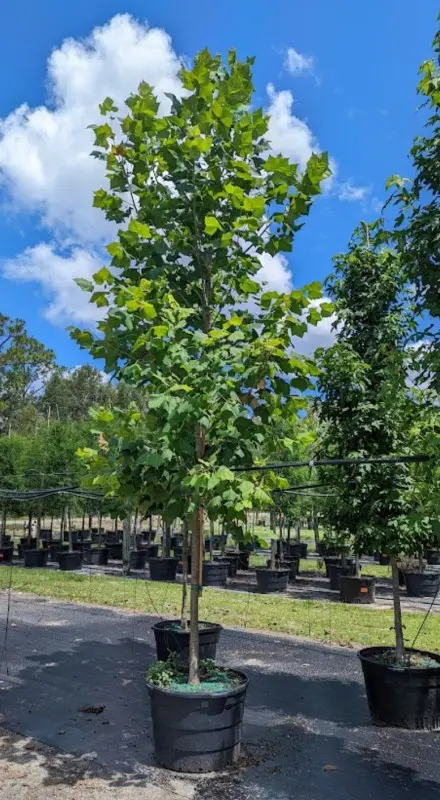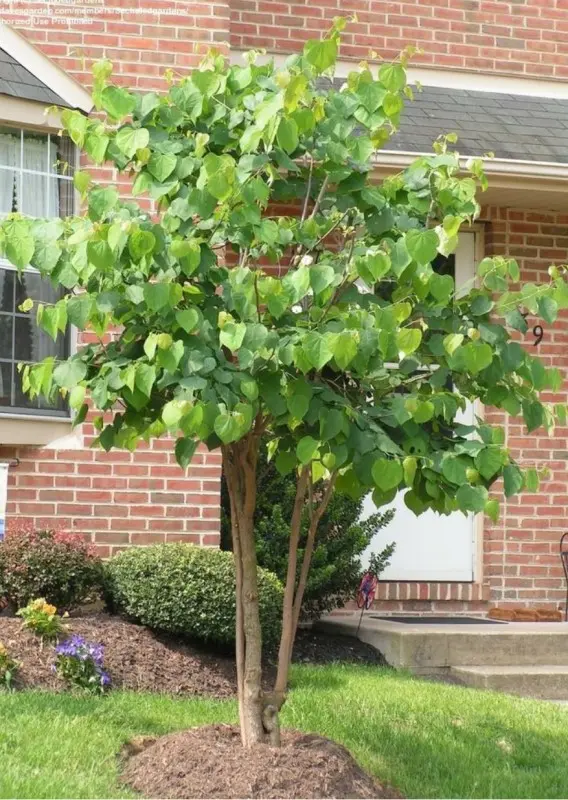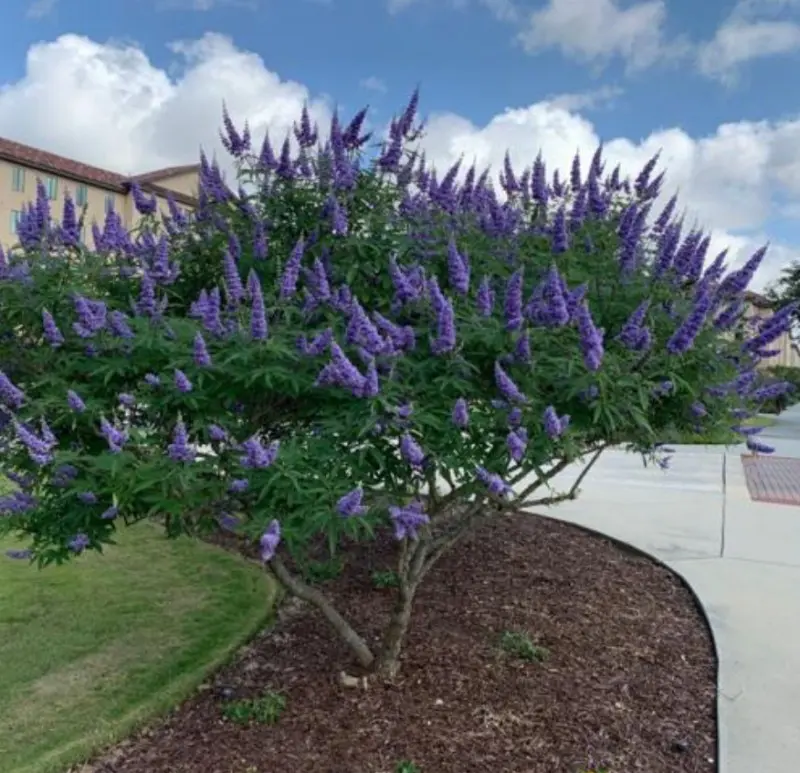Description
Blue Arizona Cypress (Cupressus arizonica var. glabra), also known as Arizona Blue Cypress or Smooth Bark Arizona Cypress, is an evergreen conifer prized for its striking blue-gray foliage and rugged adaptability. Native to the southwestern United States, this tree features fine, scale-like leaves that create a soft, feathery appearance, with a color that ranges from powdery blue to silver. The foliage’s unique hue brings year-round color and texture to the landscape, especially in contrast with the tree’s smooth, reddish-brown bark, which exfoliates to reveal a lighter, cream-colored layer beneath.
Typically growing 30 to 50 feet tall with a spread of 15 to 25 feet, Blue Arizona Cypress has a naturally pyramidal shape, making it ideal for use as a specimen tree, windbreak, or privacy screen. It thrives in USDA zones 7-9 and performs best in full sun. This cypress is extremely tolerant of heat, drought, and poor soils, preferring well-draining soil but adapting well to sandy or rocky conditions. Its hardiness and low water requirements make it well-suited to arid and desert landscapes.
Low-maintenance and pest-resistant, Blue Arizona Cypress requires minimal care aside from occasional pruning to maintain its shape, especially when used as a hedge or screen. Its unique color, drought tolerance, and resilience in challenging conditions make it a popular choice for xeriscape gardens and low-water landscapes. With its eye-catching blue foliage, rugged durability, and ability to withstand extreme conditions, Blue Arizona Cypress brings both beauty and practicality to southwestern and arid landscapes.






